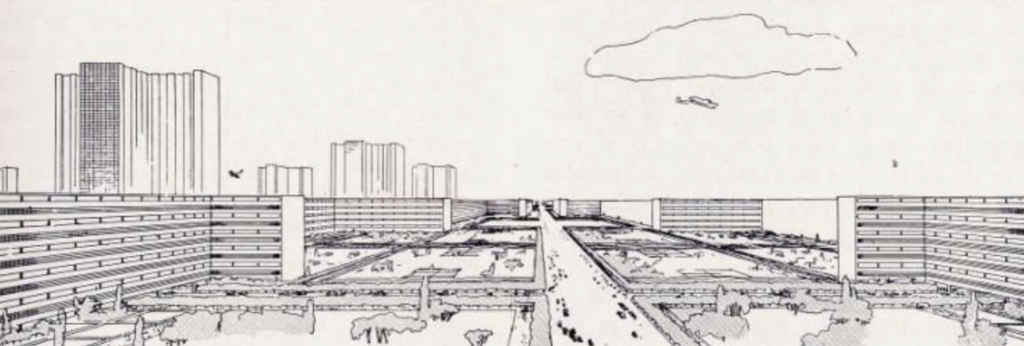
Beyond the sublime postcard-like views of Switzerland, there are few European landscapes that have moved me more than those I have encountered while traveling in Italy. One of the most scenic and memorable parts of the Italian countryside is located in the north east, a region called the Veneto, which spans the medium-sized cities of Vicenza, Verona, and Padova, ending with Venice.
Continue reading Simone Martini: three principles of settlement







